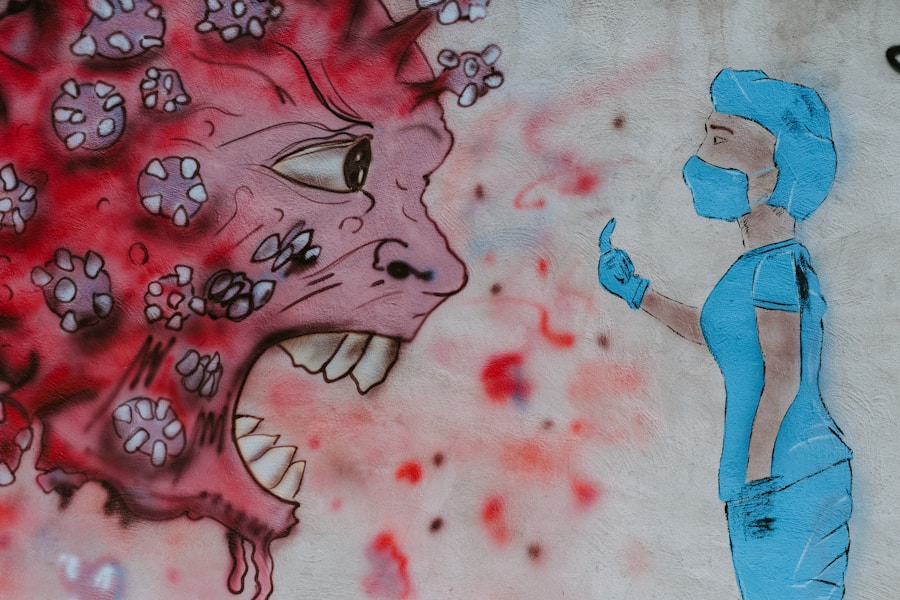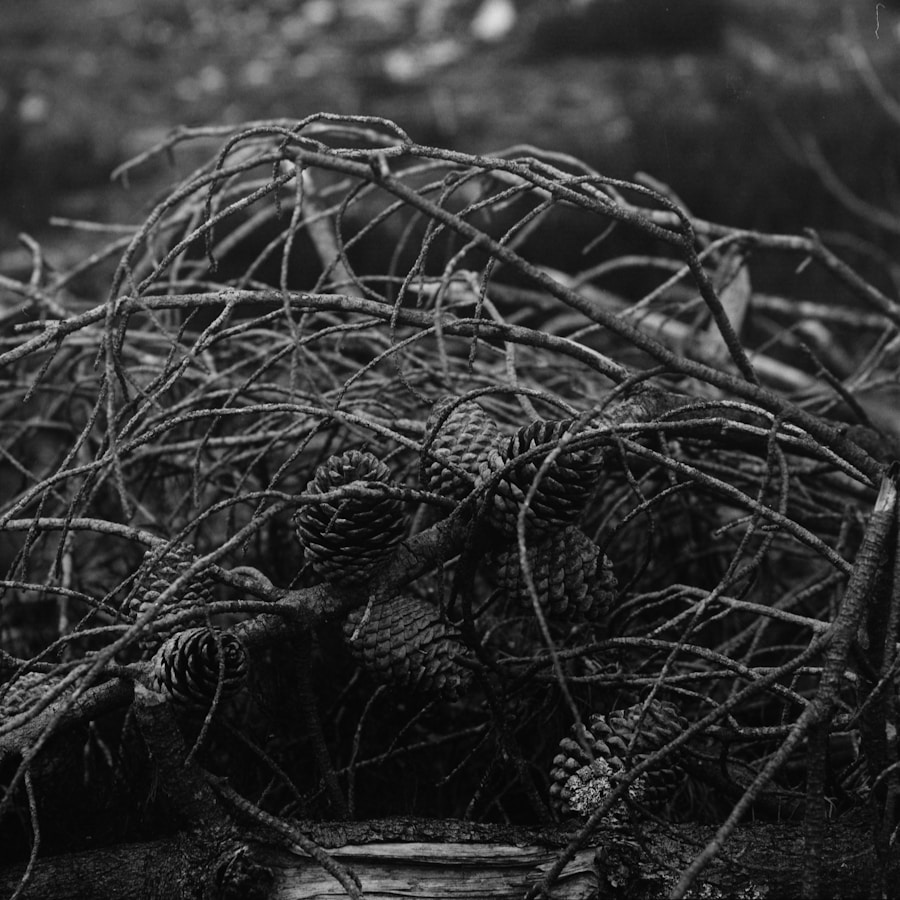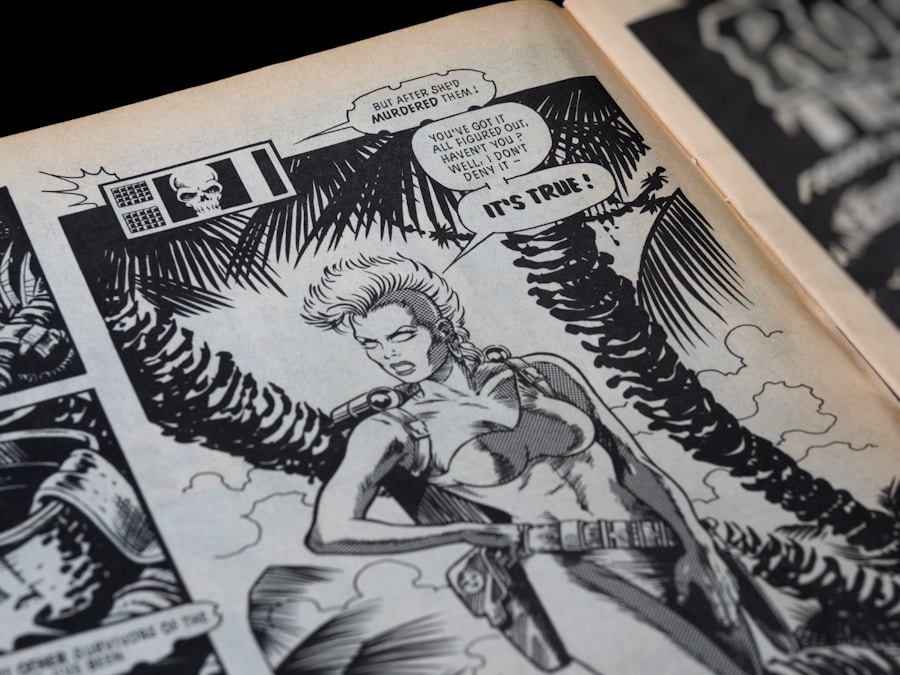The origins of Godzilla are steeped in a rich tapestry of cultural and historical influences, with the 1954 storyboard version serving as a crucial foundation for the iconic monster. You may find it fascinating to learn that the creation of Godzilla was not merely a product of imagination but a response to the anxieties of post-war Japan. The storyboard, crafted by a team of visionary artists and filmmakers, encapsulated the fears and hopes of a nation grappling with the aftermath of World War II and the atomic bombings.
As you delve into this storyboard, you can see how it reflects the collective trauma and the desire for renewal that permeated Japanese society at the time. The storyboard itself is a treasure trove of ideas, showcasing early concepts that would later evolve into the final film. You might notice that the initial sketches and scenes reveal a more somber tone, emphasizing the destructive power of nature and humanity’s hubris.
The creators envisioned Godzilla not just as a monster but as a metaphor for the devastation wrought by nuclear weapons. This early version laid the groundwork for a narrative that would resonate with audiences worldwide, making Godzilla a symbol of both fear and resilience. As you explore these origins, you can appreciate how the storyboard captures the essence of a character that would become an enduring icon in global pop culture.
Key Takeaways
- The 1954 storyboard version of Godzilla provides insight into the original vision for the iconic monster.
- The impact of the 1954 Godzilla storyboard on monster cinema is evident in the influence it had on subsequent films in the genre.
- Comparing the 1954 storyboard version to the final film reveals the evolution of Godzilla’s character and the creative decisions made during production.
- The 1954 storyboard version unveils unseen aspects of Godzilla’s creation, shedding light on the initial concept and design of the monster.
- Godzilla’s evolution from storyboard to screen showcases the changes and adaptations made to the character and story over time.
The Impact of the 1954 Godzilla Storyboard on Monster Cinema
The Birth of a New Genre
The storyboard introduced a new breed of monster films that combined social commentary with thrilling spectacle. This shift in focus allowed audiences to engage with monster movies on a more intellectual level, prompting discussions about morality, environmentalism, and the consequences of technological advancement.
Influence on Global Cinema
The iconic imagery and themes presented in the 1954 version inspired countless filmmakers across the globe. You can trace a direct line from Godzilla’s emergence to later classics like “Jaws” and “Jurassic Park,” where monstrous creatures serve as reflections of human fears and societal dilemmas.
A Lasting Legacy
The legacy of the 1954 storyboard is evident in how it transformed monster cinema into a platform for exploring complex narratives, ensuring that Godzilla’s roar would echo through generations. The storyboard paved the way for future filmmakers to explore deeper themes within the genre, moving beyond mere entertainment to address pressing societal issues.
Comparing the 1954 Storyboard Version to the Final Film

When you compare the 1954 storyboard version to the final film, you can observe both striking similarities and notable differences. The essence of Godzilla remains intact throughout this evolution, yet certain elements were refined or altered to enhance storytelling and visual impact. In the storyboard, you might notice scenes that emphasize Godzilla’s sheer size and destructive power, which were later translated into breathtaking special effects in the final film.
The initial sketches convey a raw energy that captures the terror of an unstoppable force, setting the stage for what would become one of cinema’s most memorable monsters. However, as you delve deeper into this comparison, you may find that some thematic elements were expanded or shifted in focus during production. The final film introduced more nuanced character arcs and emotional depth, particularly in its portrayal of human suffering in the wake of Godzilla’s rampage.
While the storyboard laid out a compelling narrative framework, it was through collaboration and iteration that the filmmakers were able to elevate the story into a poignant exploration of loss and resilience.
Unveiling the Unseen: What the 1954 Storyboard Reveals About Godzilla’s Creation
Unveiling the unseen aspects of the 1954 storyboard reveals much about Godzilla’s creation and the intentions behind his character. As you examine these early drawings and notes, you can gain insight into how the filmmakers sought to craft a creature that embodied both terror and tragedy. The storyboard illustrates not only Godzilla’s monstrous form but also hints at his origins—an ancient being awakened by humanity’s reckless experimentation with nuclear power.
This backstory adds layers to Godzilla’s character, transforming him from a mere monster into a symbol of nature’s wrath against human folly.
The creators were acutely aware of the consequences of nuclear warfare, and their vision for Godzilla was deeply intertwined with these concerns.
You can see how they aimed to provoke thought and discussion about humanity’s relationship with nature, making Godzilla not just a creature to be feared but also a cautionary tale about respect for our planet. This duality enriches your understanding of Godzilla’s creation, revealing him as a complex figure shaped by historical context and artistic intent.
Godzilla’s Evolution: Tracing the Changes from Storyboard to Screen
Tracing Godzilla’s evolution from storyboard to screen is an enlightening journey that showcases how creative vision can adapt over time. As you follow this path, you’ll notice that while many core elements remained consistent, various aspects were refined to enhance audience engagement. For instance, early sketches may depict Godzilla in more abstract forms, while later designs focused on creating a more relatable yet terrifying creature.
This evolution reflects not only artistic choices but also advancements in special effects technology that allowed filmmakers to bring their vision to life in ways previously unimaginable. Additionally, as you examine this evolution, consider how character development played a crucial role in shaping Godzilla’s identity on screen. The storyboard laid out foundational ideas about his motivations and impact on humanity, but it was through careful scripting and direction that these concepts were fleshed out in the final film.
You may find it intriguing how Godzilla transitioned from being solely an antagonist to a more complex figure who elicits sympathy from viewers. This transformation speaks to the filmmakers’ desire to create a multifaceted character who embodies both destruction and resilience—a reflection of humanity itself.
The Legacy of the 1954 Storyboard Version in Monster Cinema History

Influence on Subsequent Films
The themes introduced in this early version have resonated through decades of filmmaking, inspiring countless directors and writers to explore similar narratives within their own works. You can see echoes of Godzilla’s story in films that tackle issues such as climate change, technological advancement, and moral dilemmas.
Evolution and Adaptability
Moreover, as you reflect on this legacy, it’s essential to recognize how Godzilla has evolved beyond his original context while still retaining his core identity. The character has been reimagined in various forms over the years – from campy sequels to serious reboots – yet each iteration pays homage to that foundational storyboard.
Enduring Relevance in Popular Culture
This adaptability speaks to Godzilla’s enduring relevance in popular culture; he remains a powerful symbol capable of addressing contemporary issues while still captivating audiences with his monstrous presence.
Analyzing the Artistic and Cinematic Choices in the 1954 Storyboard
Analyzing the artistic and cinematic choices made in the 1954 storyboard reveals much about the creative process behind Godzilla’s conception. As you examine these choices, you’ll notice how they reflect both artistic intent and practical considerations for filmmaking at that time. The use of stark contrasts between light and shadow in early sketches emphasizes Godzilla’s menacing presence while also evoking feelings of dread among viewers.
These visual techniques were carefully crafted to elicit emotional responses, showcasing how art can serve as a powerful tool for storytelling. Furthermore, as you delve into these artistic choices, consider how they align with cinematic techniques employed during production. The storyboard laid out dynamic camera angles and movement that would later be realized through innovative filming methods.
You may find it fascinating how these choices contributed to creating tension and excitement during key scenes—whether it’s Godzilla emerging from the ocean or wreaking havoc on urban landscapes. This synergy between art and cinema highlights the collaborative nature of filmmaking, where every decision contributes to crafting an unforgettable experience for audiences.
Preserving the History: The Significance of Unearthing the 1954 Godzilla Storyboard Version
Preserving the history surrounding the 1954 Godzilla storyboard version is vital for understanding not only its significance within monster cinema but also its broader cultural impact. As you consider this preservation effort, you’ll recognize that these storyboards serve as historical artifacts that provide insight into an era marked by uncertainty and transformation. Unearthing these documents allows contemporary audiences to connect with past creators’ intentions and challenges, fostering appreciation for their artistry and vision.
Moreover, preserving this history ensures that future generations can learn from it—both in terms of filmmaking techniques and thematic explorations within monster cinema. By studying these storyboards, aspiring filmmakers can gain valuable insights into storytelling methods that resonate across time periods. You may find it inspiring to think about how this preservation effort contributes to an ongoing dialogue about creativity and innovation within film—a testament to Godzilla’s enduring legacy as both a cultural icon and a symbol of resilience against adversity.
If you’re interested in exploring the power dynamics of iconic monsters, you may want to check out this article on Godzilla vs. King Ghidorah: Who’s More Powerful?. This piece delves into the strengths and weaknesses of these two legendary creatures and examines which one reigns supreme in the world of kaiju. It’s a fascinating read for fans of monster cinema and those curious about the intricacies of these larger-than-life characters.
FAQs
What is the significance of the 1954 Godzilla storyboard version?
The 1954 Godzilla storyboard version is significant because it provides insight into the early development of the iconic monster film. It offers a glimpse into the creative process and the original vision for the film.
How does the 1954 Godzilla storyboard version differ from the final film?
The 1954 Godzilla storyboard version differs from the final film in terms of specific scenes, character designs, and plot details. It showcases the evolution of the film from its initial concept to the finished product.
Why is the discovery of the 1954 Godzilla storyboard version important for monster cinema?
The discovery of the 1954 Godzilla storyboard version is important for monster cinema because it sheds light on the early influences and creative decisions that shaped the genre. It provides a historical perspective on the development of monster films.
What impact did the 1954 Godzilla film have on monster cinema?
The 1954 Godzilla film had a significant impact on monster cinema, influencing future monster films and popularizing the kaiju genre. It set a standard for creature features and inspired a legacy of monster movies.
